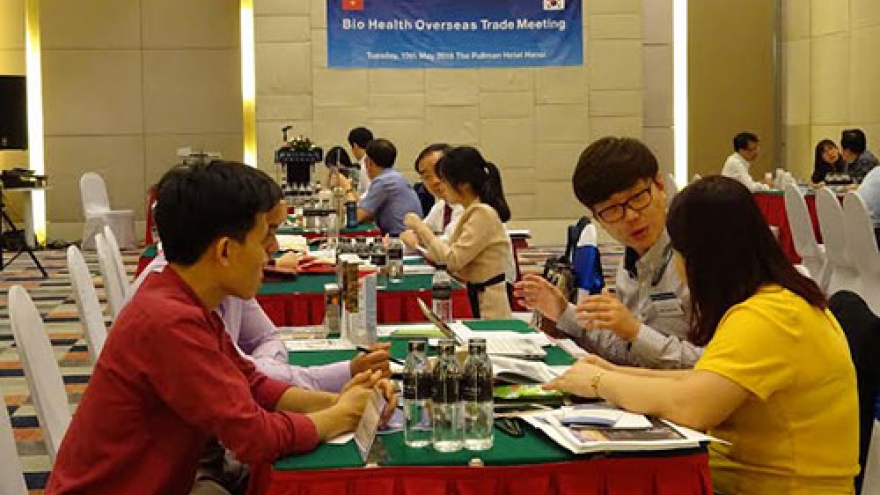Foreign firms dominate Vietnam cosmetics
Vietnamese cosmetic producers are losing their domestic market share because of not investing in developing brands and improving packaging, a conference heard in HCM City recently.
 |
“However, the companies have focused on quality but not invested in developing their brands. They do not use eye-catching packaging.”
Vietnamese consumers, especially affluent ones, prefer high-quality products but also ones with beautiful packaging, he said.
And, Vietnamese products have failed to do that, he added.
There are only 14 Vietnamese cosmetics manufacturers like Sai Gon, Thorakao, Lana, Biona, Xman and Thai Dương.
A large proportion of their products, of around 60%, are exported to African countries and Laos and Cambodia.
This is also a reason why they do not bother to advertise much in the domestic market.
Low technologies and a shortage of funds are also reasons for their lack of competitiveness.
Many of them are trying to invest in technologies, but, being small or medium-sized companies, cannot catch up with major foreign players.
At the conference, delegates admitted the companies’ products are mostly face and hand cleansers and targeted at low- and middle-income consumers.
Foreign brands dominate the market, with 90% of domestic cosmetic companies being their distributors.
Korean products have a 30% market share followed by those from the EU (23%), Japan (17%) and Thailand (13%). The US and other countries account for the rest.
But the Vietnamese market has huge potential, the conference said, quoting a report from Nielsen, which said its annual turnover is around VND15 billion (US$700 million).
On average, each Vietnamese spends US$4 on cosmetics each year. This is a low ratio in comparison with regional countries like Thailand where it is US$20.
However, the spending is increasing across Vietnam.
To help domestic companies capture a larger share of the market, the association said it would organize overseas trips for them to study and learn from foreign companies’ experience.



